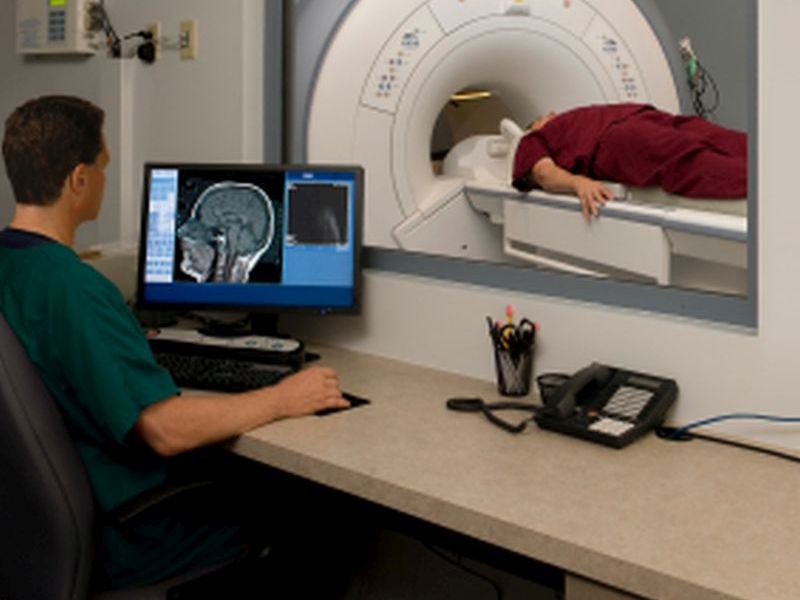

PTSD May Affect Boys, Girls Differently, Brain Scans Show
Changes in brain regions seemed to differ by gender, researchers say
Friday, November 11, 2016


FRIDAY, Nov. 11, 2016 (HealthDay News) -- Post-traumatic stress disorder (PTSD) affects the brains of girls and boys in different ways, a new study suggests.
Researchers used MRI scans to examine the brains of 59 children, aged 9 to 17. The participants included 30 kids with PTSD and 29 without the disorder (the "control" group).
Girls and boys in the control group had no differences in brain structure, the researchers said. But among those with PTSD, girls and boys showed differences in one part of the insula -- an area of the brain involved in emotion and empathy.
This brain area was larger in boys with PTSD than in other boys, and was smaller in girls with PTSD than in the control group girls, according to researchers from the Stanford University School of Medicine in California.
The findings, published online Nov. 11 in the journal Depression and Anxiety, are believed to be the first of their kind, the study authors noted in a university news release.
"The insula appears to play a key role in the development of PTSD," said senior author Dr. Victor Carrion, a professor of psychiatry and behavioral sciences at Stanford.
"The difference we saw between the brains of boys and girls who have experienced psychological trauma is important because it may help explain differences in trauma symptoms between sexes," he added.
Previous studies have found that girls are more likely than boys to develop PTSD after undergoing traumatic stress. The symptoms include: flashbacks; withdrawal from people, places and things that call the trauma to mind; and problems sleeping and concentrating.
Study author Megan Klabunde is an instructor of psychiatry and behavioral sciences. "It is important that people who work with traumatized youth consider the sex differences," she said.
"Our findings suggest it is possible that boys and girls could exhibit different trauma symptoms, and that they might benefit from different approaches to treatment," Klabunde explained in the news release.
SOURCE: Stanford University, news release, Nov. 11, 2016
HealthDay
Copyright (c) 2016 HealthDay. All rights reserved.
News stories are provided by HealthDay and do not reflect the views of MedlinePlus, the National Library of Medicine, the National Institutes of Health, the U.S. Department of Health and Human Services, or federal policy.
- More Health News on:
- Child Mental Health
- Post-Traumatic Stress Disorder
- Teen Mental Health




























.png)











No hay comentarios:
Publicar un comentario